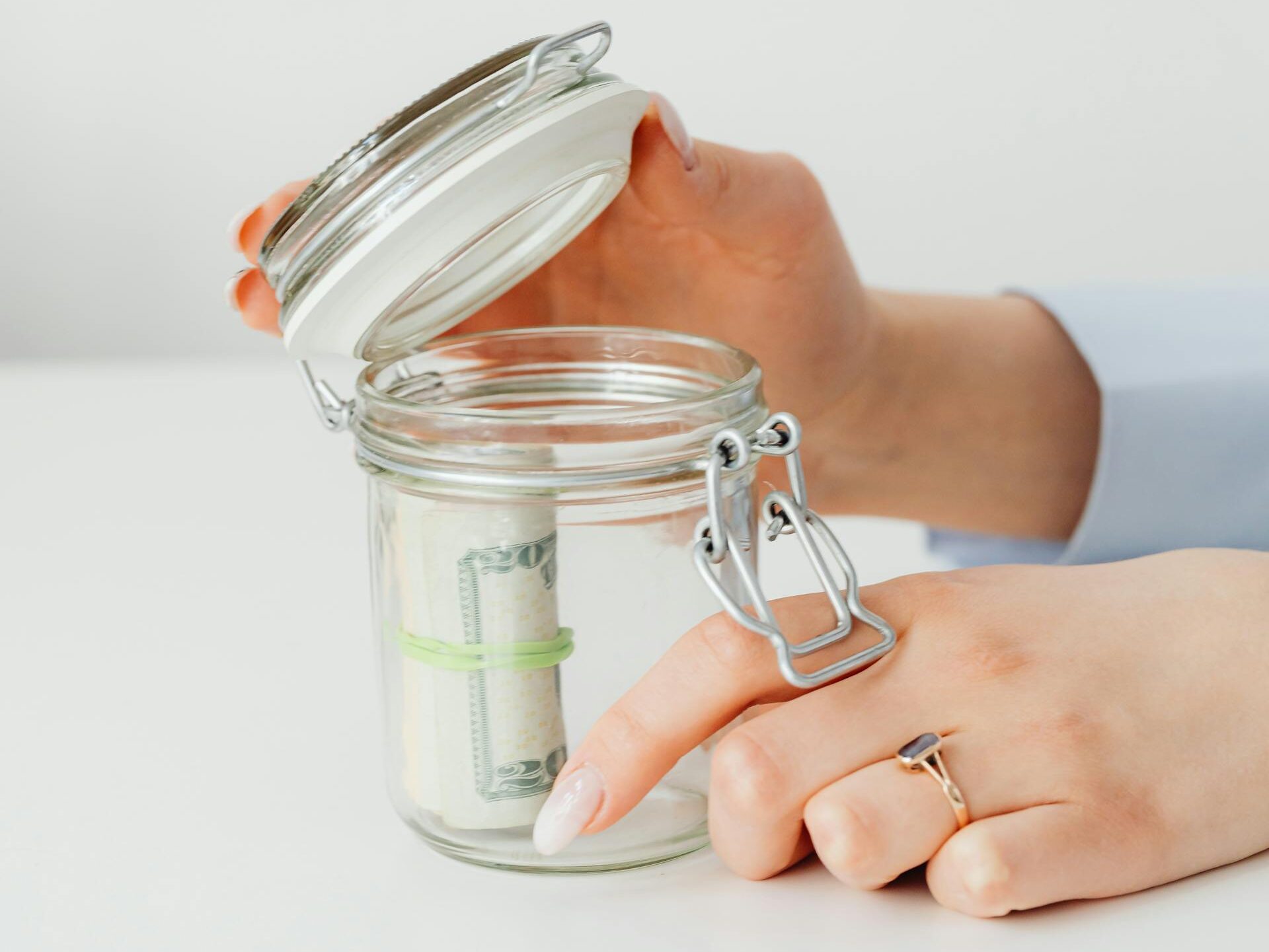Life is unpredictable, and financial emergencies can arise at any time. Whether it’s an unexpected medical bill, car repair, or sudden job loss, having an emergency fund can be the safety net that keeps you from spiraling into debt. In this post, we’ll explore the importance of an emergency fund, how much you should save, and practical tips to start building one today.

What Is an Emergency Fund?
An emergency fund is a savings account set aside specifically for unplanned expenses. Unlike general savings, this fund is not for vacations, shopping sprees, or other non-essential purposes. It’s a financial buffer designed to cover emergencies without the need to rely on high-interest credit cards or loans.
Why It’s Essential:
- Avoid Debt: Without savings, emergencies often lead to debt, especially if you use credit cards or payday loans to cover costs.
- Financial Stability: An emergency fund provides peace of mind, knowing you can handle unexpected expenses.
- Focus on Long-Term Goals: With an emergency fund in place, you can focus on saving and investing for the future without constantly worrying about potential crises.
How Much Should You Save in an Emergency Fund?
The amount you should save depends on your personal circumstances, including income, expenses, and job security.
General Guidelines:
- Starter Fund: If you’re just starting, aim to save $1,000. This amount can cover minor emergencies and prevent you from relying on credit cards.
- 3-6 Months of Expenses: Financial experts recommend saving enough to cover 3 to 6 months of living expenses. This includes rent, utilities, groceries, transportation, and insurance.
- Consider Your Lifestyle: If you’re a freelancer or work in an unstable industry, aim for 6 to 12 months of expenses to account for income fluctuations.
How to Calculate Your Emergency Fund Goal:
- List Essential Expenses: Add up monthly costs for housing, utilities, food, transportation, insurance, and debt payments.
- Multiply by the Number of Months: Decide how many months of expenses you want to cover (e.g., 3 months x $2,500 monthly expenses = $7,500).
Where Should You Keep Your Emergency Fund?
Accessibility is key when it comes to your emergency fund. It should be liquid and easy to access in times of need.
Ideal Options:
- High-Yield Savings Accounts: These accounts offer higher interest rates than traditional savings accounts, allowing your money to grow over time.
- Money Market Accounts: Similar to savings accounts but with slightly higher interest rates and check-writing privileges.
- Avoid Investments: Don’t keep your emergency fund in stocks or mutual funds, as market fluctuations could reduce its value right when you need it.
How to Build an Emergency Fund
Building an emergency fund may seem daunting, especially if you’re on a tight budget. However, with a step-by-step approach, it’s achievable.
1. Start Small and Be Consistent
You don’t need to save a large sum overnight. Begin with a realistic goal, such as saving $50 a week or $200 a month. Small, consistent contributions add up over time.
2. Automate Your Savings
Set up automatic transfers from your checking account to your emergency fund. Automation ensures you stay consistent and eliminates the temptation to spend the money.
3. Cut Unnecessary Expenses
Review your budget and identify areas where you can cut back. Cancel unused subscriptions, cook at home instead of eating out, and shop for sales to free up extra cash for savings.
4. Use Windfalls Wisely
Direct unexpected income, such as tax refunds, bonuses, or cash gifts, into your emergency fund. This can give your savings a significant boost.
5. Track Your Progress
Use a savings tracker or budgeting app to monitor your progress. Seeing how close you are to reaching your goal can motivate you to keep going.
When to Use Your Emergency Fund
It’s important to use your emergency fund only for true emergencies, not for discretionary spending. Here are a few examples of when it’s appropriate to dip into your fund:
- Medical Emergencies: Unexpected hospital bills, medications, or treatments.
- Home Repairs: Fixing a broken heater, plumbing issues, or roof leaks.
- Car Repairs: Essential maintenance or repairs to keep your vehicle running.
- Job Loss: Covering living expenses while searching for a new job.
Avoid using your emergency fund for:
- Non-essential purchases like vacations or luxury items.
- Paying down debt (unless it’s high-interest and critical).
- Investments (this money should remain liquid).
Rebuilding Your Emergency Fund
After using your emergency fund, it’s crucial to replenish it as soon as possible. Treat rebuilding it with the same urgency as the initial saving process.
Steps to Rebuild:
- Reassess Your Budget: Temporarily reduce discretionary spending to redirect funds toward your emergency savings.
- Resume Automation: Restart automatic transfers to your emergency fund.
- Prioritize Windfalls: Use bonuses, tax refunds, or extra income to quickly rebuild.
Common Mistakes to Avoid
Building and maintaining an emergency fund requires discipline. Here are some pitfalls to steer clear of:
1. Treating It Like a Regular Savings Account
Don’t dip into your emergency fund for non-essential expenses. Consider keeping it in a separate account to avoid temptation.
2. Setting Unrealistic Goals
While having 6-12 months of expenses saved is ideal, starting with a smaller, achievable goal like $1,000 can keep you motivated.
3. Ignoring Inflation
Regularly review and adjust your emergency fund to account for rising living costs.
The Benefits of an Emergency Fund
Having an emergency fund goes beyond financial security—it provides peace of mind, reduces stress, and allows you to focus on long-term goals like investing and building wealth.
Key Benefits:
- Avoid High-Interest Debt: Prevents reliance on credit cards or loans during emergencies.
- Financial Confidence: Eliminates the fear of unexpected expenses derailing your finances.
- Flexibility: Allows you to make better financial decisions without being forced into quick fixes.
Final Thoughts
An emergency fund is one of the most critical components of personal finance. By saving enough to cover 3-6 months of expenses, you create a financial cushion that protects you from life’s uncertainties.
Start small, stay consistent, and watch your savings grow. With an emergency fund in place, you’ll not only be prepared for the unexpected but also empowered to focus on building wealth and achieving your financial goals.
What steps are you taking to build your emergency fund? Share your tips and experiences in the comments below!
